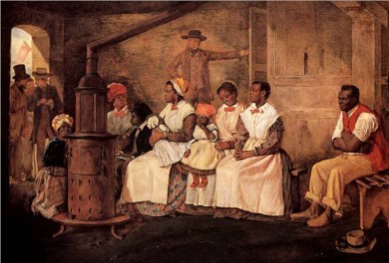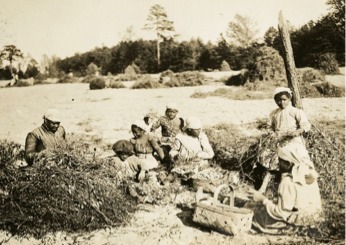Sign up for FlowVella
Sign up with FacebookAlready have an account? Sign in now
By registering you are agreeing to our
Terms of Service
Loading Flow


Urban Slavery: There were not as many laborers for industries because many Southerners became farmers. As a result, slaves became blacksmiths which resulted in a new class of skilled black laborers. Enslaved blacks could hire themselves as artisans in Southern cities more easily than in the South. Many enslaved women worked the same jobs as men.

Life Under Slavery-Urban and Rural Slavery
Rural Slavery: Men, women, and children worked all day in large plantations. They were whipped by the slave driver if they were working too slow. By 1850, most slaves lived on large farms which housed as least 10 slaves. Many also lived on small farms and worked along with their slave owner.
http://3.bp.blogspot.com/-nxIHXgVU-as/TVyDfraWKQI/AAAAAAAADlg/uyy5yeYBn7I/s1600/virginia_slaves.jpg

http://www.vahistorical.org/sites/defa
ult/files/uploads/VHE_Rural-Life_Pic
kingPeanuts.2000.186.85.jpg